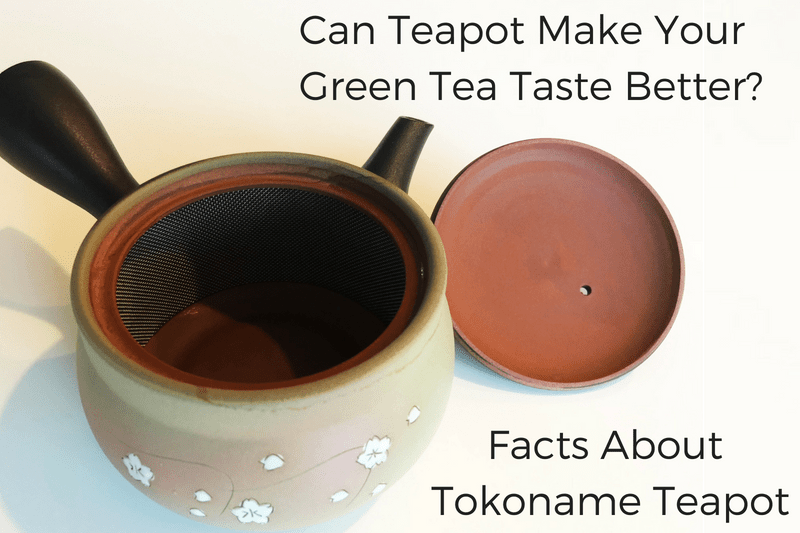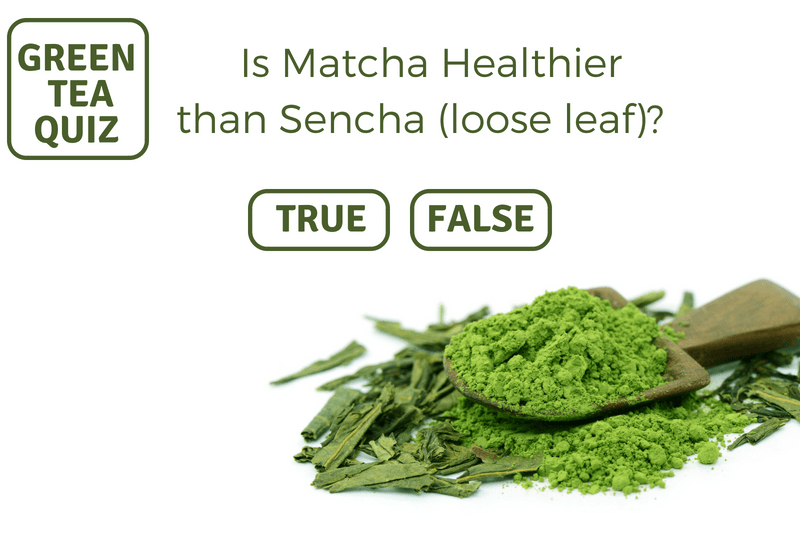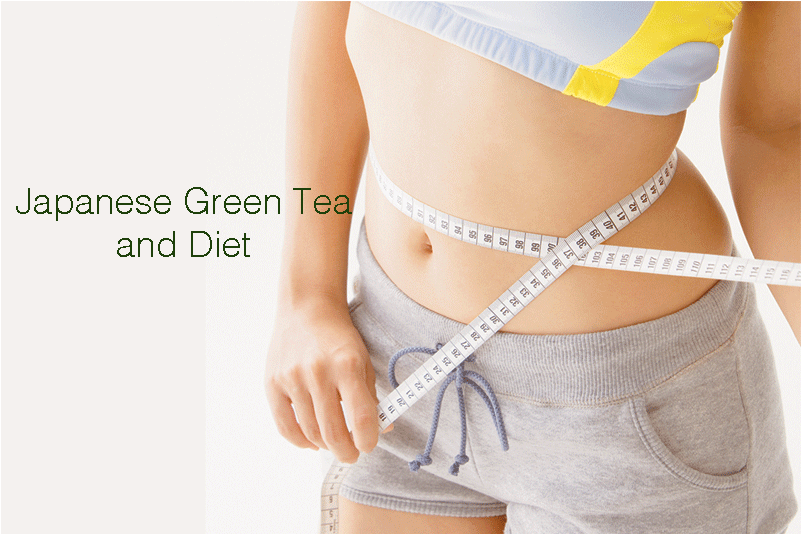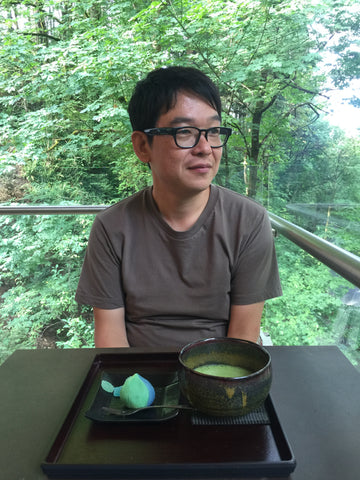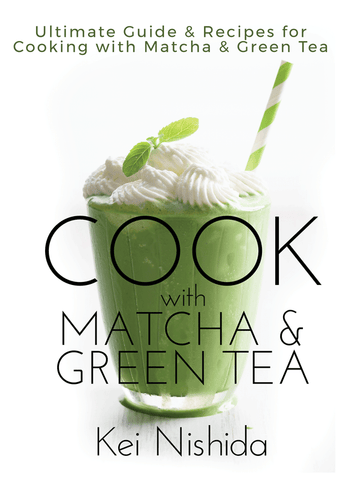Is Tea Bag Tea Lower Quality Than Loose Leaf Tea? - Yes or No? - Green Tea Quiz

Tea is by far one of the world’s most popular drinks. All around the globe, you’ll find countless people who love nothing more than a good cup of tea, and almost everyone has their own unique method of preparing the perfect cup. Of course, much of this is completely subjective since everyone has their own specific tastes. In fact, this is exactly why there are so many debates surrounding tea.
Some people only drink black tea, while others prefer green or even white. Some people only drink their tea plain, and some prefer it with milk, lemon, sugar or honey. Nonetheless, this article will focus on one of the other big debates about tea, and that is whether loose leaf tea is truly always better than bagged tea as some people claim. Unfortunately, the truth is this answer isn’t always as simple or as straightforward as you might think. With this in mind, here are five important factors that influence the overall quality of bagged teas and how they compare to loose leaf.
1. Some Companies use low quality tea in their tea bags, but not all.

In addition to the brewing method, the quality of the tea leaves themselves are obviously the most important factor in the overall quality and thus the taste of the tea after it has been brewed. How the tea is grown, where it is grown, how it is processed, and how old it is will all impact the overall quality and flavor. Nonetheless, the biggest issue that usually lowers the quality of bagged tea is the fact that many companies use the leftover pieces of tea instead of putting whole leaves inside the bag.
Whole leaves almost always impart more flavor than the dust and broken up leaves, leftover pieces of tea leaves are used in many tea bags, and this is one of the main reasons that most tea bags are of lower quality. However, it is important to note that not all companies employ this practice, so you can definitely find high-quality bagged teas if you know what to look for.
2. The quality of the tea bag also makes a huge difference in overall taste.

Another important factor in how a bagged tea tastes is the quality of the tea bag itself. Some companies attempt to save money by making their bags out of cheap, heavily bleached or processed paper, and this can impart a bad taste to your cup of tea when you brew it. In theory, you should only ever be able to taste the tea and not the paper from the tea bag. Unfortunately, this isn’t always the case, which is why it’s also important to focus on the quality of the bag itself when choosing bagged teas.
Another issue is that many companies use fairly stiff bags that prevent water from properly circulating around the tea leaves. This is why you often have to continuously swirl and stir bagged teas around to fully unlock their potential. In comparison, many companies have now switched over to loosely woven bags or sachets designed to maximize the water following in and around the leaves.
3. Larger tea bags almost always equal better flavor

In addition to the quality of the tea bag, its shape and size are also important factors. Tea leaves need to fully expand in order to release their maximum flavor. Unfortunately, this usually isn’t possible with most cheap, paper tea bags. Not only are these bags usually too small to allow the leaves to fully expand, they also have a tendency to collapse in on themselves once wet, further decreasing the room the leaves have to expand.
The fact that tea leaves need so much room to expand is actually one of the reasons why loose leaf teas aren’t always the best choice. This is especially true if you attempt to use one of those metal tea balls since these often don’t have enough room to allow the leaves to fully expand either. On the other hand, the bigger pyramid sachets and various other styles of larger tea bags tend to allow much more room for expansion and thus impart better flavor to the finished brew.
4. It is easily possible to find extremely high-quality tea bags as long as you know where to look.

Considering all of the above information, it should be fairly obvious that there are huge differences in bagged teas. In fact, the difference in the overall quality and flavor from one brand of tea bag to another can be much greater than the difference between a high-quality tea bag and loose-leaf tea. This simply means that there are plenty of extremely high quality bagged teas on the market, just as there are plenty of low quality loose-leaf teas. In this sense, it is all about knowing what separates a good quality bag of tea from a bad one, and then using this information to guide you when making a purchase.
5. Much of the bag vs. loose leaf tea debate centers around personal taste.

As mentioned previously, tea is very much a matter of personal taste. In fact, your own personal taste is probably the biggest factor in whether you prefer loose-leaf or bagged tea. For some people, there is nothing better than drinking a cup of their favorite bag of tea, and there are many people who even stick to one single brand, never drinking anything else.
At the same time, there are many places in the world where anything other than loose leaf tea is almost completely unheard of. In this sense, it really depends on what you prefer, which is a way of saying that there is definitely nothing wrong with enjoying bagged tea more. As long as you take the time to choose a high quality tea, whether it is in a bag or loose really shouldn’t make much of a difference to the finished taste. This is especially true since you know that is fully possible to find outstanding bags of tea now that you know what to look for.
Looking For Quality Japanese Green Tea Bag in India? Click here
Related Articles You May Be Interested In
Get Free Download
If you have ever thought that Green Tea is an ìacquired tasteî or that it is ìtoo bitterî to enjoy, weíre here to change your mind! We want everyone to experience the health benefits of Green Tea and show you that this can be an amazing, refreshing, and delicious drink when made correctly. With just a few tips on how to brew this powerful leaf, we can change your mind about the taste and enjoyment of drinking Green Tea.
Donít miss out on the health benefits of tea!
- Improve health
- Increase brain function
- Regulate weight
- Lower your risk of cancers
- Reduce risk of heart disease
- Lowers risk of diabetes
We know that you will love this tips to brewing tea and getting the most flavor and elegance out of every cup. Sign up for our newsletter and get this great informative manual on brewing green tea. You will learn what it is that makes it one of the most popular beverages in the world.
The E-Book also includes the chapter of Kei Nishida's book, "Art of Brewing Japanese Green Tea" where he teaches you how to brew hot and cold Japanese Green Tea.
Also in Japanese Green Tea Lovers in India

TYPES OF TEA: MATCHA VS SENCHA GREEN TEA: WHAT ARE THE DIFFERENCES?
When it comes to different types of tea, matcha and sencha green tea are two many people have questions about! Get answers in this post.

Is Green Tea Good Against Depression?

What is the best way to store your matcha & Japanese green tea?
5 Essential Storage Rules for Matcha and Japanese Green Tea
Read on to learn how to store matcha the proper way to ensure that you get the most out of this ancient elixir.


